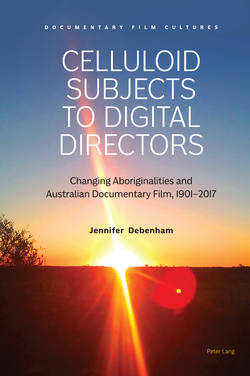Читать книгу Celluloid Subjects to Digital Directors - Jennifer Debenham - Страница 30
На сайте Литреса книга снята с продажи.
Aboriginal Agency
ОглавлениеAlthough it is not immediately apparent, the Aboriginal peoples depicted on the film demonstrate considerable agency. Without their willing co-operation, the scientists would have little hope of conducting the arduous tests. Significantly, there are few women featured on the film. The off-camera relations were fraught by recent incursions by the pastoral industry, miscegenation and subsequent massacres, for example the Coniston Massacre, impacted the families featured in the film. Another consideration for the lack of women in the film is most likely due to the expedition consisting of only male scientists. As a result, this “men-only” expedition not only placed greater importance on studying and recording men’s activities but the Warlpiri, Ngarti and the Anmatjere women would not have discussed women’s business with these men. This would have not only been directed from the scientists but would also be managed by the Warlpiri, Ngarti and the Anmatjere people in their observance of cultural protocols regarding male/female interactions.
Life in Central Australia offers valuable visual evidence of the method of data collection, which in turn portrays the process of scientific ritual as a Western cultural artefact. It also confines the Warlpiri, Ngarti and the Anmatjere as the Other, that is, as suitable objects of scientific research; objects that enhance Western knowledge systems. Despite the humanity ←44 | 45→afforded to them, this appears to be conditional on accessing what were believed to be authentic “full-blooded” Aborigines and their ongoing co-operation.
